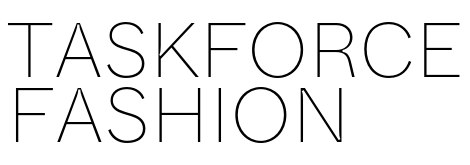The development of The Back Office
By Rosanne van Wijk
Visiting (the back of) an aquarium. Thinking about ‘Our Future Aquarium’.
We move ourselves through a hidden door, integrated in the decor taking a big amount of steps upstairs. On our way to the back side of the aquarium. Arriving upstairs, we immediately face a totally different view: rhythmic repetitions of drains and machines, boxes and tubes next to traffic cones and fences. These grey tubes and drains are the lungs and veins of the aquarium. This technological multi-species brings the system to life.
In this place life is constant, the diet chosen and food is in stock. Here the coral reef is fully alive within a balanced ecosystem. But this space is framed. In this place (underwater) life is continuously measured, fully taken care of and researched. The back of the aquarium is way bigger and more ugly than the front. The artificial TL light sheds a new light on our situation.
Since this ‘ugly’ back is the place that makes the beautiful front work, I am wondering, isn’t this the real front? In these times of nature’s decay, this aquarium can still make nature flourish. Is this place an interesting metaphor about how to deal with our surroundings, about where we have to take position in the ecosystem ourselves?
What if here lies a message, that visiting this place tells us we have to carry the tubes altogether to be able to create that balanced ecosystem we need. That we have to be employed for and with other species instead of employing others for ourselves and the beautiful front we always want to face. What if this cultivation brings new life, a new nature and we, as humans, change our position to the back side in the shadow of the front: the aquarium of the future. There is no front without back.
^ reflection visit Burgers’ Ocean guided by biologist Max Janse







